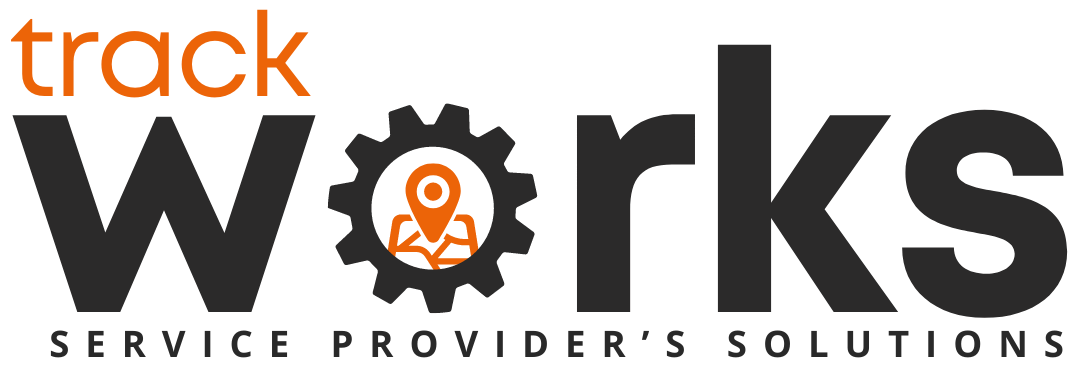How to Improve First-Time Fix Rates with Better Scheduling
In field service management, one of the most critical metrics is First-Time Fix Rate (FTFR)—the percentage of service calls completed successfully on the first visit. High FTFR isn’t just a number; it’s a reflection of efficiency, customer satisfaction, and profitability.
A low first-time fix rate can lead to frustrated customers, increased costs, wasted technician hours, and operational inefficiencies. Conversely, businesses with high FTFR benefit from happier customers, reduced overhead, and a more motivated workforce.
So, how can companies improve their first-time fix rates? The answer often starts with smarter scheduling.
1. Match Technicians to the Right Jobs
Assigning the right technician to the right job is foundational. Skills, experience, certifications, and even familiarity with specific equipment should all guide scheduling decisions.
- Impact of poor matches:
- Technicians waste time figuring out unfamiliar systems.
- Jobs may require multiple visits if the wrong technician attends.
- Customers experience delays and repeated service calls.
Solution:
Use skills-based scheduling within your field service management system. This ensures each technician receives jobs aligned with their expertise, reducing repeat visits and boosting efficiency.
Example: A certified HVAC technician handles complex installations, while junior techs manage routine maintenance. Assigning jobs intelligently improves FTFR dramatically.
2. Ensure Accurate Job Information
Even the most skilled technician cannot fix a job without the right information. Missing details such as equipment history, prior repairs, or specific customer requests are a common cause of repeat visits.
Solution:
Provide comprehensive job notes in your scheduling system. Include:
- Equipment specifications
- Previous service records
- Parts required
- Special instructions
Mobile FSM apps allow technicians to access all this data on the go, ensuring they arrive prepared.
3. Schedule Realistic Time Slots
Time pressure is a silent FTFR killer. Overloaded schedules or unrealistic appointment windows increase the chance of errors and incomplete jobs.
Impact:
- Rushed technicians may miss steps or misdiagnose issues.
- Jobs spill over into other appointments, creating a cascading effect.
Solution:
Allocate sufficient time for each job based on historical data. Field service software can analyze past visits to estimate accurate service durations, factoring in travel and complexity.
4. Keep Parts and Equipment Readily Available
A major reason for repeat visits is missing parts or tools. Technicians who show up without the required equipment are forced to return, lowering FTFR.
Solution:
- Track inventory in real time with integrated FSM tools.
- Ensure parts are pre-staged for scheduled jobs.
- Use mobile notifications to alert techs when parts are missing.
Pro tip: Linking inventory with scheduling prevents last-minute surprises and boosts first-time completion rates.
5. Enable Real-Time Communication and Updates
Even well-planned schedules encounter changes—cancellations, delays, or urgent requests. Without real-time communication, technicians may show up unprepared, or the office may struggle to reschedule effectively.
Solution:
- Implement real-time dispatching to adjust schedules dynamically.
- Use mobile messaging or notifications to update technicians instantly.
- Keep customers informed about arrival times and delays.
Real-time updates help technicians arrive at the right time, with the right tools, and the right knowledge—key for completing jobs on the first visit.
6. Monitor and Analyze Performance
Improving FTFR is not a one-time fix; it requires ongoing analysis. Tracking metrics helps identify recurring issues and optimize schedules.
Key metrics to track:
- First-Time Fix Rate by technician
- Average time per job
- Repeat visits by job type
- Parts-related delays
By analyzing patterns, you can pinpoint bottlenecks—like certain equipment always requiring multiple visits—or identify training needs for your team.
7. Train Technicians Effectively
Even the best scheduling system cannot fully replace skilled technicians. Ongoing training ensures your team can handle a variety of scenarios, read manuals accurately, and troubleshoot efficiently.
- Combine training with scheduling: assign more complex jobs to experienced technicians while using junior staff for routine work.
- Provide easy access to manuals, tutorials, and standard operating procedures via mobile FSM apps.
The Business Benefits of Improved First-Time Fix Rates
Companies that focus on FTFR reap measurable benefits:
- Lower operational costs: Fewer repeat visits means less travel, labor, and fuel.
- Higher customer satisfaction: Clients appreciate jobs done right the first time.
- Better technician morale: Techs feel more competent and less stressed.
- Increased profitability: Efficient operations drive revenue without adding resources.
Research indicates that every 10% increase in FTFR can reduce service costs by 5–10%—a significant margin for most field service businesses.
Practical Steps to Get Started Today
- Assess current FTFR: Identify your baseline and main pain points.
- Invest in scheduling software: Choose a system that integrates skills-based assignment, route optimization, and real-time updates.
- Audit job information and inventory: Make sure technicians have everything they need before leaving the office.
- Train and empower your team: Ongoing support ensures everyone can succeed on the first visit.
- Review and refine: Use data to adjust schedules, workflows, and training programs continuously.
Final Thoughts
Improving first-time fix rates isn’t just a matter of efficiency—it’s a strategic move that impacts your reputation, customer satisfaction, and profitability. Scheduling plays a central role: assigning the right technicians, providing accurate job information, factoring in travel time, and maintaining clear communication are all critical pieces of the puzzle.
With modern field service management tools like TrackWorks, businesses can tackle these challenges head-on, boosting first-time fix rates while empowering technicians and delighting customers.
By focusing on smarter scheduling and continuous improvement, field service companies can transform operational efficiency into tangible growth, stronger customer relationships, and a more motivated, effective workforce.




No responses yet